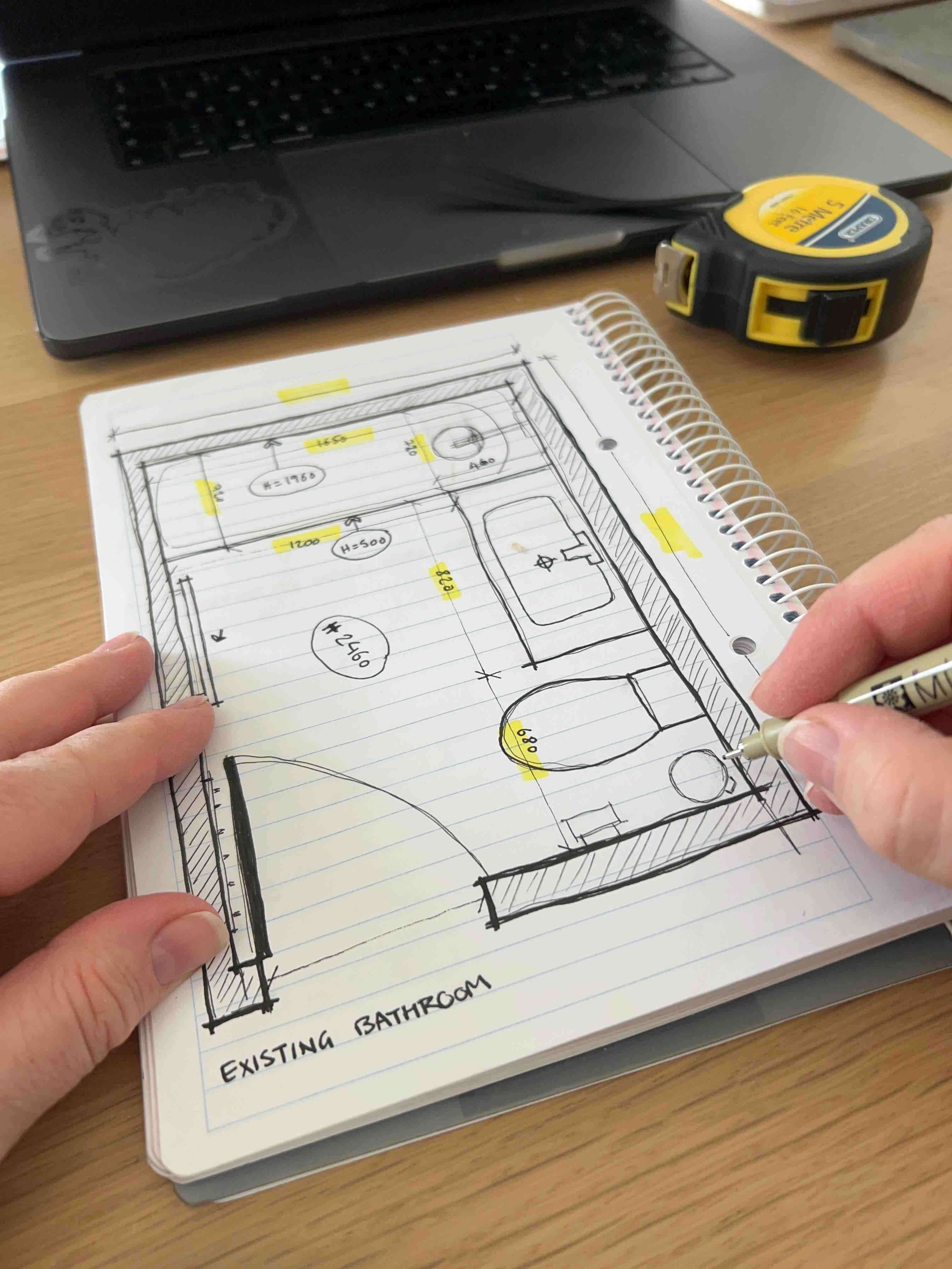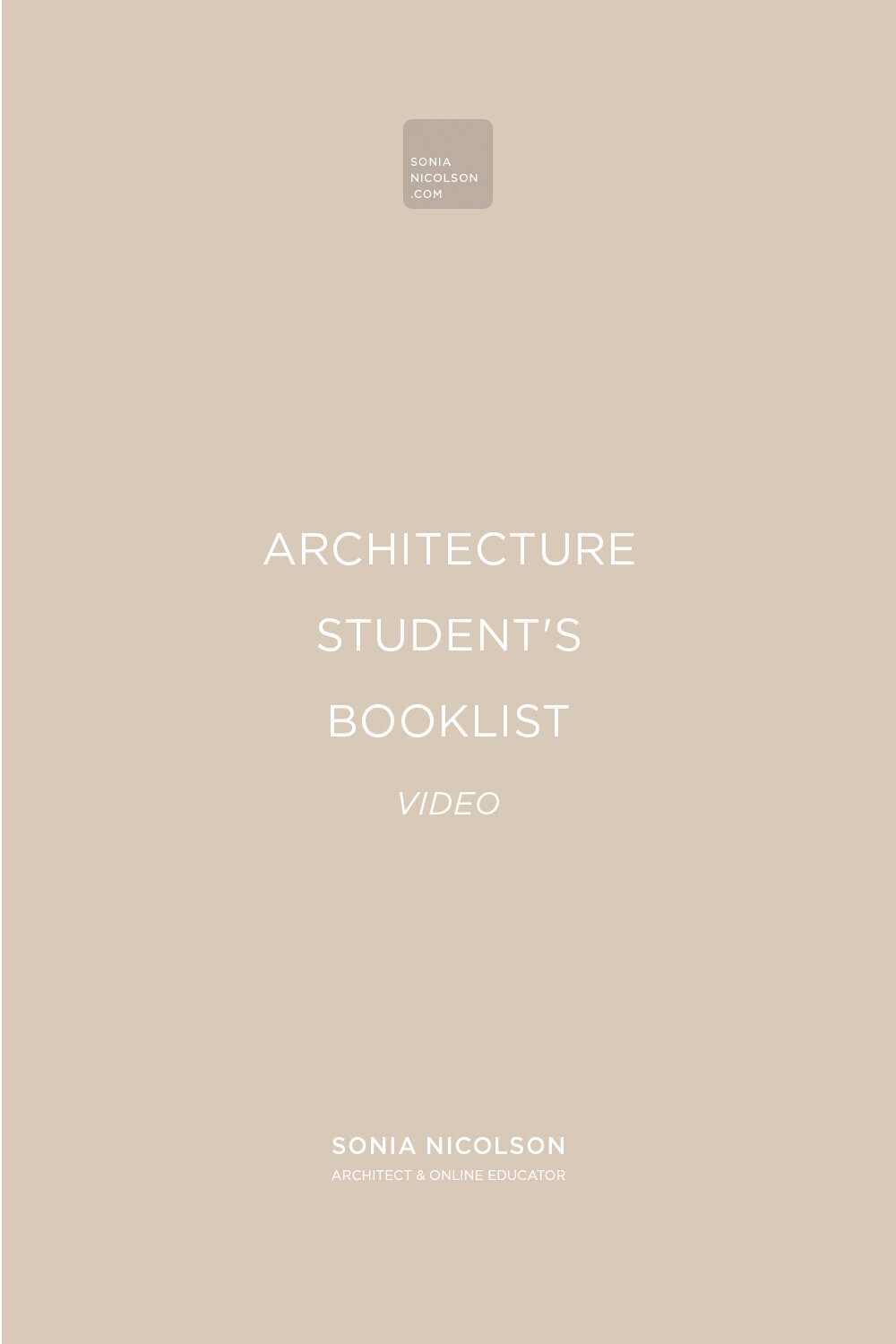How To Use A Scalpel, Cut Material + DIY Sharps Box
/Cutting materials by hand is an important skill for a student or young designer, especially in Interior, Architecture, and Model Making. You should learn how to use a surgical blade, craft knife, or scalpel properly to create clean cuts and neat edges to your material, but also to make sure you are not causing yourself any injuries in the cutting, storing, and replacing of your knife and blades.
1. Always use a cutting mat
The surface of any table is not adequate and you may damage it. This will then cause cut lines in the surface so when you come to draw, the surface is no longer smooth.
2. Invest in good knifes
There are many to choose from such as Xacto knife, craft knife, surgical knife, etc. Don't just pick up a cheap packet, invest in a good knife and a few packets of replacement blades.
3. Rulers & Cutting edges
Make sure to always use a metal edge, a long metal ruler is best. I have a few metal rulers of differing lengths. When model making, I use a ruler which will be longer than any material I am cutting. I also tape a length of masking tape to the underside to help give it a grip on the material I am cutting. Do not use a plastic ruler as the blade can slide into it leading to you cutting yourself or the ruler’s straight edge being damaged.
4. Safety first
Keep your fingers back from the edge of the ruler when cutting. Try to stand up when cutting your material and make sure to always be looking at your work. Press firmly on your ruler to hold it in place on the material. Press down on each stroke when cutting with the knife. Never cut through the material is one cut, use 2-3 strokes (a thick card, foam core, etc) to get a cleaner edge. Don't rush.
5. Fresh blade and often
Replace the blade often to ensure clean cuts and dispose of the old blade in a sharps box. Either wrap in masking tape or better yet, make a DIY sharps box.
































